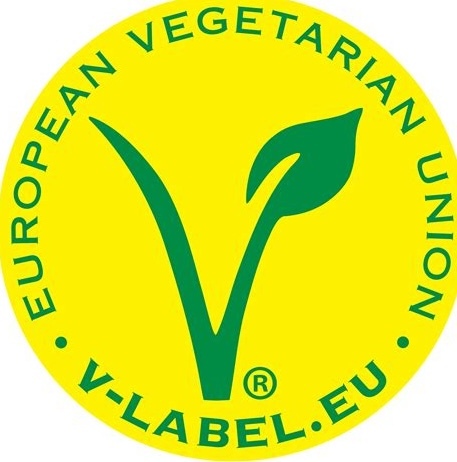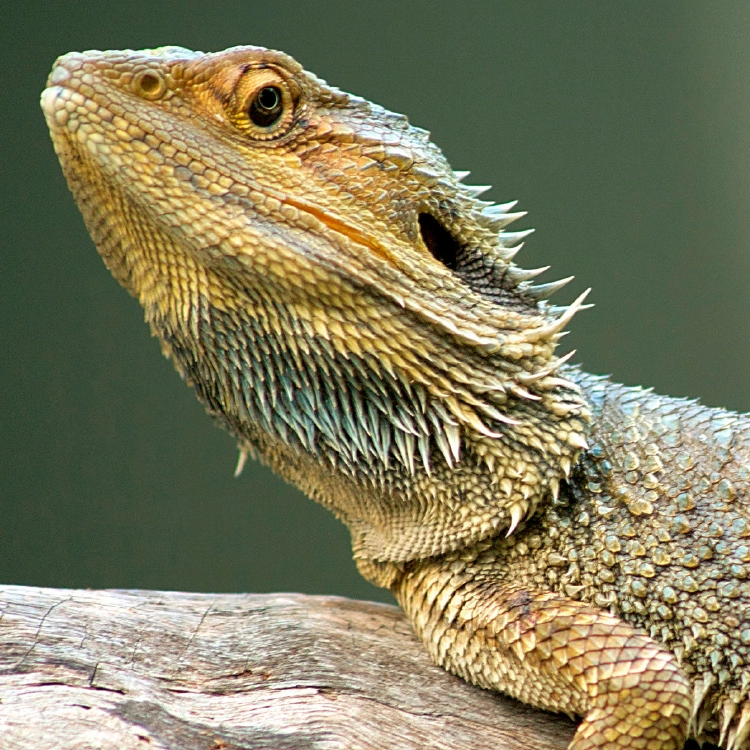- cross-posted to:
- dataisbeautiful@lemmy.ml
- cross-posted to:
- dataisbeautiful@lemmy.ml
How about parking lots
It is missing oil and gas extraction. There are 23 million acres under lease for O&G, roughly 50% in active production. That is 1/6th the area dedicated to pasturelands, so it should definitely show up on the map.
The surface impact is very minimal, especially for horizontal wells. You still have to lease all of the area that you’re drilling under, but you would never know from the surface that it was happening. For a 1,280 acre leased drilling unit, there might only be at most 5 acres of actual equipment on the surface.
Would also be nice to see wind and solar farms
im fine with the pasture land thata mostly government land you can let your heard graze on. thats literally a public service
the fact that the 100 familoes own as much land as the entirety of urban housing is disturbing
Would suburban housing fall under Urban or Rural housing?
Wild that golf is so land intensive it makes it onto the map!
Most cow pasture land is unsuitable for farming. Too hilly/rocky/whatever reason.
There’s a difference between difficult and unsuitable.
If its too hilly, you can’t mechanize effectively. If its rocky, you’ll fuck up your machinery. Also theres issues like easy access to water, reasonable weather, what the soil is like, etc.
mechanisation in agriculture is one of the greatest causes of climate change and destruction of soil quality. It must cease.
Timberland has certainly diversified his portfolio since he stopped making music
Crazy to see that there is more or equal the amount of space for airports as for trains!
Would have thought, by this time, cannabis would be showing up on a graphic like this.
“Wildfires” got me. That’s much more variable than the rest.
Missourian here, pretty accurate
Not many people have seen the eastern shore of Maryland, eh?
Why do you ask?
Eastern shore of MD, is not urban commercial, its 95% farm land, yet its mixed in with NYC.
That’s not what the map is showing.
I get the point you’re going for, but “pasture land” is literally just public grasslands, and they’re pretty much the only truly public places left in the states.
What about State/National Forests and Bureau of Land Management land? Typically these are considered public land and do not require any sort of permit or cost to access for recreational activities.
There may be variance from place to place, but most national parks are extremely restrictive on when people can come and what they can do, and at least in my state, most Bureau land is off limits to the general public for most of the year.
They’re talking about national forests and you’re talking about national parks. Very different.
Does this force all 50 states into the contiguous 48? Like how much does Alaska contribute to the acreage here?
Crazy how much timberland we have here though vs farm… cattle
It only shows data for the contiguous US.
This is a very important question, Alaska is half the size of the entire lower 48…
Arkansas grows primarily rice and soybeans, so I don’t understand why it says anything about cows. There are some cow farms, sure, but by and large it is rice and soybeans. And honestly, it’s mostly rice. They grow almost half of the country’s crop.
This is just a visual representation of how big each category is in the US, not where it’s located geographically. Cow pastures are spread across the entire country but if we combined them into one big square this is how it would look.








